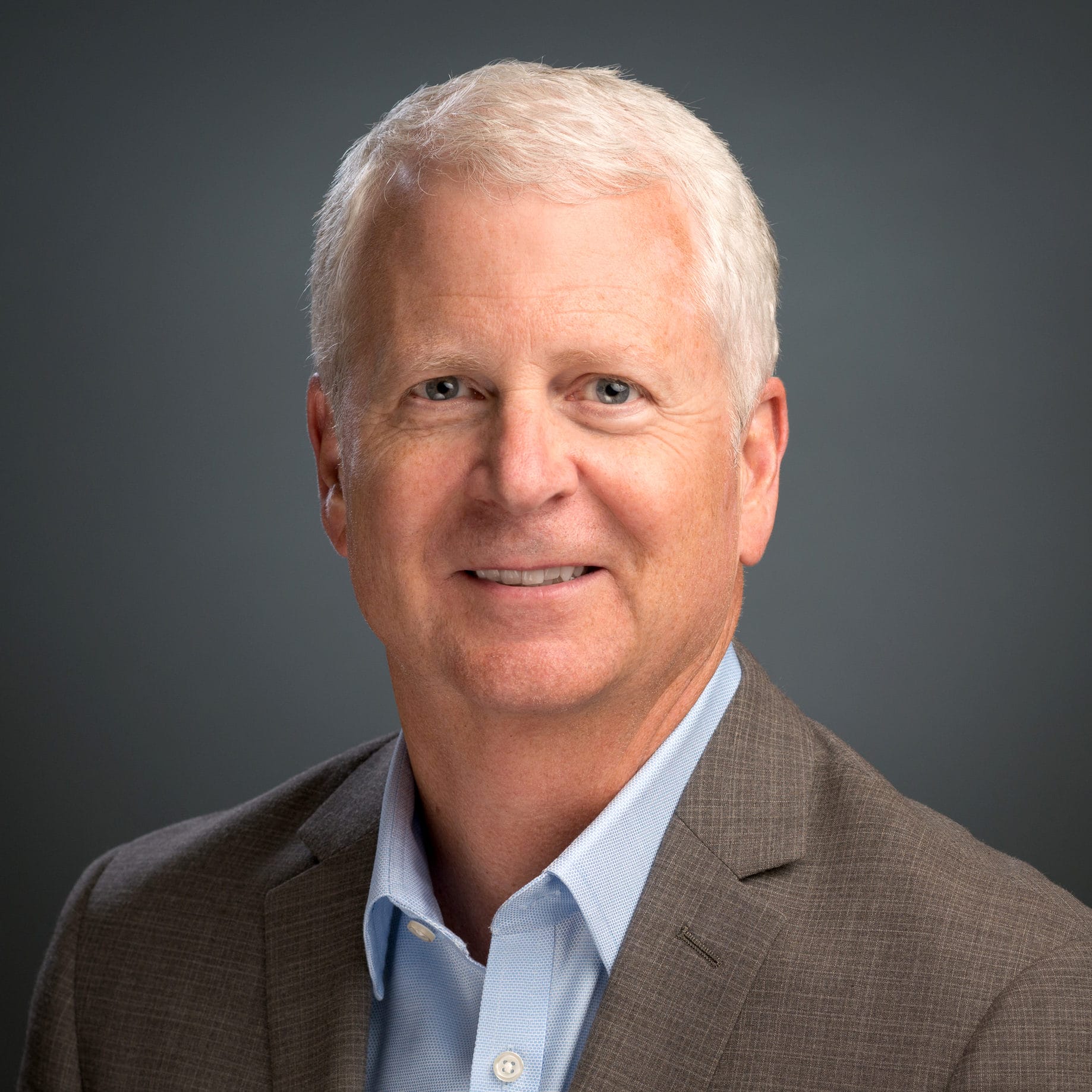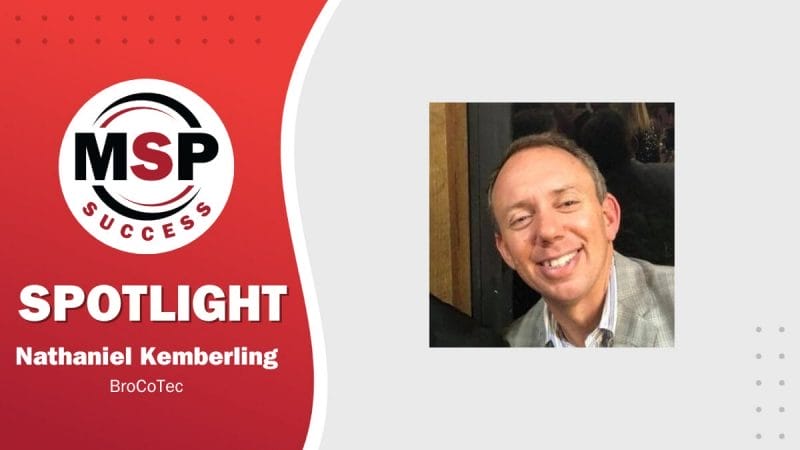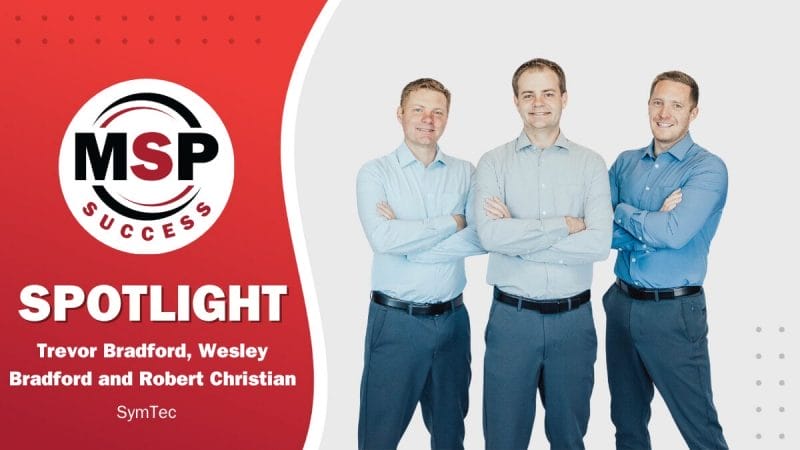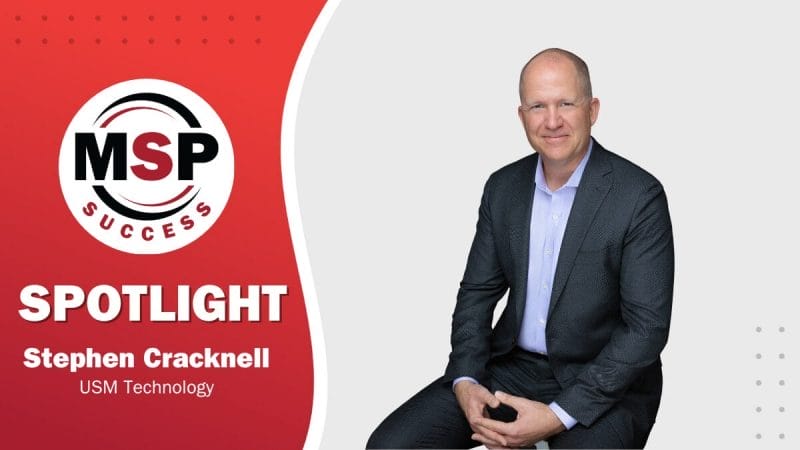Stats
Company: Ease Technologies, Inc.
Founded: 1993 Headquarters: Columbia, Maryland
Geographic Market: Mid-Atlantic Region (MD, D.C., VA)
Top Growth Indicator: Organic Growth And New Service Offerings (Risk Management, Compliance)
YoY Percent of Growth: 10–20%
CEO and Founder: Chuck Bubeck
What are the top three metrics you use to measure your business and why?
Referrals: We’ve moved our business to be very referral-oriented. Over half of our new business is coming from our customer base.
Relationship Gauge: How often are we affecting the client? How are we affecting their business? Are we treating them as a partner? Do they see us as having value?
Analytics: This market has become a business of seconds and pennies. You can’t make a lot of mistakes. We use analytical tools to hone in on where our business is going. How are our resources being applied? How often do we have to support a certain customer?
We couldn’t find anything, so we had to build our own analytical tool, and over the last year, it has helped us discover where our resources spend their energy. By using certain analytics, we’re making sure we have the right resources for the right clients.
We discovered that it often isn’t the loud ones who are causing problems; it’s the quiet ones. That’s how complicated the business has gotten, and you cannot see these problems when you look at the big picture. You have to use analytics.
What is the top lesson you had to learn that allowed you to kick-start your business growth?
Finding the right customers is key. We’ve been around for 25 years, so we’ve been through a lot of customers. This helped us discover what profile type makes our best customer.
If you look at this market, 30% of people hate IT, but they have to use it, so they do. Another 45% aren’t proactive, but they use it, again, because they have to. The rest look for partnerships with tech firms and see the value in using tech to better their business. That’s our target market.
Sometimes, we have to walk away from a client. It’s better to have long-term relationships than to have a lot of clients who are constantly moving around or are only temporary partners.
We had a client who brought in $30,000 per month, but we parted ways because we knew the relationship was heading in the wrong direction. It hurts, but you have to be willing to walk away.
What would you say was the secret to your success this past year?
I think back to the word “focus.” We really focused on vertical markets because you can’t service everyone. In our case, we drilled down on the market that we were most effective in and dug deeper into it because we saw great sustained value.
What was the biggest challenge you had to overcome this past year that’s related to reaching that growth or a result of that growth?
Giving up those shallow markets was difficult. We needed to look at our partnerships and de-invest in clients who didn’t see us as an asset to their business. We want clients we sit down with when they’re doing their business planning, but those customers are hard to come by. You have to find them, and then you have to nurture them. You have to trade pure revenue growth from these shallow markets for customers you know you’ll have a partnership with long term.
Who would you say is the most impactful business leader or business thought leader whose techniques or leadership style you try to emulate, follow, or are influenced by, and why?
Steve Jobs.
I worked for Apple for 10 years right before the Mac came out, which is when Apple was in its formative days. I was around people who were really in a cutting-edge industry. In the mid-’80s, Apple was the underdog to the IBM PC and was almost knocked out of the market. Working there, I loved being the underdog, and I had to work to fight the IBM PC tidal wave. In the end, Jobs really did build the biggest company of his time. From my experience there, I learned the value of teamwork and culture.
What book would you recommend to other MSPs or SMBs trying to grow their businesses?
I have two.
“The Soul of a New Machine” by Tracy Kidder
It’s about the group at Data General that started to build the first mainstream minicomputer. It’s a true story about a team who built an entirely new system. The same rules apply today about putting a team together and operating together. It’s a reminder that even for new MSP businesses, the challenges are the same despite the changes to the calendar and the hardware. It’s a groundbreaking book about taking a tech product and bringing it to market.
“Walk Away Wealthy: The Entrepreneur’s Exit-Planning Playbook” by Mark M. Tepper
An entrepreneur has a lot of MSPs, and a lot of them are boomers. They’re realizing that they need to turn their business over to someone else, but they’ve never thought about it before.
They were so busy building their business that they never considered handing it off. What’s your exit plan? Even though this business is fun, your entire wealth is tied up in it. There’s no pension. No one will take care of it. MSP owners need to think about these things early on.
I have a friend I worked with at Apple, who started up a company when he left, and I met up with him a few years later. He asked me, “What’s your exit strategy?” I had no idea what he was talking about. I was so busy trying to start this company that I didn’t think about ending it. As it turns out, he already had his plan in place. Sure enough, within five years, he took his company public, and within another few years, he had sold another company he started to Apple.
It was a reminder to me that even a few years in, I had to ask myself “What’s the end goal?” I’m building a solid management structure and culture and making sure the business can thrive. I just wish I would’ve done it sooner. Don’t put it off. When you build your business, it’s like boarding a plane. You have to know where the exit door is as soon as you walk through the front door.
In closing, do you have any specific advice or words of wisdom that you would give to other MSPs looking to grow or build a successful exit for their business?
1. We made a big move to fully embrace the cloud over five years ago, which was much earlier than other MSPs. This was a gamble five years ago, but now, the train has left the station, and everything is in the cloud. There are a lot of MSPs holding on to traditional infrastructure, but the cloud is the future, and you have to embrace it. You can’t fight it. No one likes change or risk, but success will pass you by if you don’t adapt.
2. For all of the business owners reading this, what is your finish line? What is your end goal?
3. I am a believer in “If you’re going to figure out the future, you have to have a good handle on the past.” Things still work the same. There are different numbers on the calendar and faster machines, but the challenges are the same.
4. You have to utilize your resources. Tools like those offered by Kaseya are critical; you cannot run this business on pencil and paper. Without them, we would be out of business. It’s that simple. You have to invest in the right tools and services to run your business.









